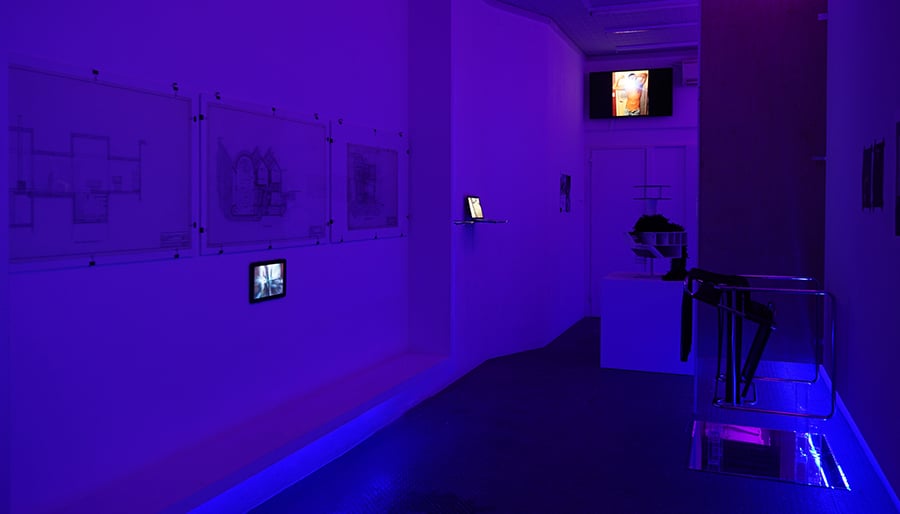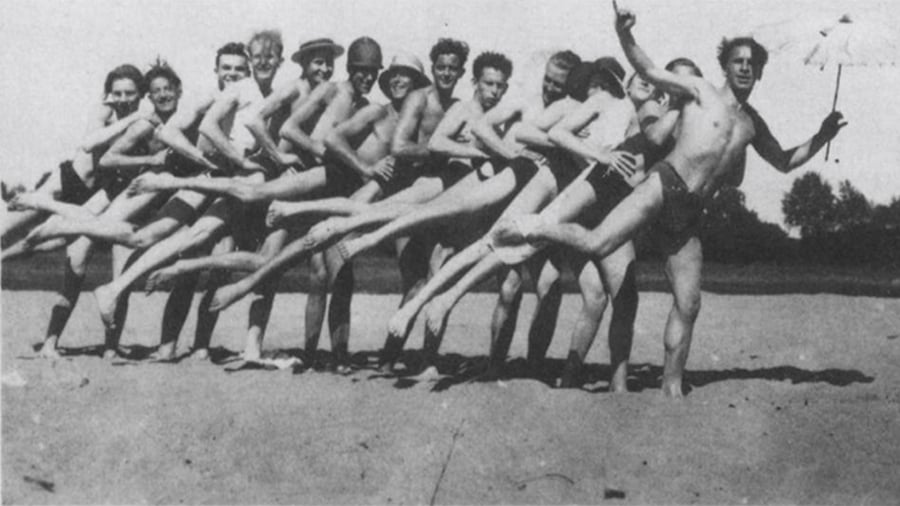
What is Queer Space?
“Queer space is simply that which allows us to be in right relationship with change, that which teaches us to move between worlds, to shapeshift, to learn and teach the skills necessary to gestate and conceive our own worlds,” says writer and community organizer, Ailo Ribas, in her contribution to the recent book Queer Spaces: An Atlas of LGBTQIA+ Places and Stories (RIBA 2022). Late theorist, José Esteban Muñoz wrote in his book, Cruising Utopia: The Then and There of Queer Futurity (NYU Press, 2009) that, “Queerness is not yet here. Queerness is an ideality.” And in his seminal 1997 text Queer Space: The Architecture of Same Sex Desire, Aaron Betsky passionately argued that, “The purpose of queer space is ultimately sex.” All of these things are true, because ultimately queer spaces can hold multiple perspectives at once, often including infinite possibilities within their walls.
Here’s a selection of various Metropolis articles that have, over the years, provided answers and sparked even more questions for what queer space actually is.
Projects
From public plazas, innovative community centers, and interactive art exhibitions, it’s never been more clear that queer space goes far beyond gay bars.
Design and Gender
Over the years, trans and gender non-conforming people have faced persistent discrimination based on which toilet they use, what sports team they play on, and even which side of the store they shop for their clothes, among numerous other things. These projects aim to move beyond the binary.
Books & Profiles
Just as there have always been queer people, there have always been queer designers. These books and profiles highlight their multi-faceted stories.

Viewpoints
Six Initiatives Model Ways to Practice True Design Justice
Across the globe, architects, designers, and planners are redefining what it means to be an advocate in the design professions.
View StoryResearch and Resources
In their own words, LGBTQ+ architects, designers, and students share what Pride and “Queer Space” mean to them. Their responses strengthen our understanding of what queer design can be while also providing a sense of visibility and validation within the queer community.
Queerness in Theory
From Bauhaus to SCI-Arc, architects, historians, and theorists make a case for the “queering” of architectural practice and pedagogies.
Would you like to comment on this article? Send your thoughts to: [email protected]
Latest
Profiles
Zoha Tasneem Centers Empathy and Ecology
The Parsons MFA interior design graduate has created an “amphibian interior” that responds to rising sea levels and their impacts on coastal communities.
Viewpoints
How Can We Design Buildings to Heal, Not Harm?
Jason McLennan—regenerative design pioneer and chief sustainability officer at Perkins&Will—on creating buildings that restore, replenish, and revive the natural world.
Products
Behind the Fine Art and Science of Glazing
Architects today are thinking beyond the curtain wall, using glass to deliver high energy performance and better comfort in a variety of buildings.






















